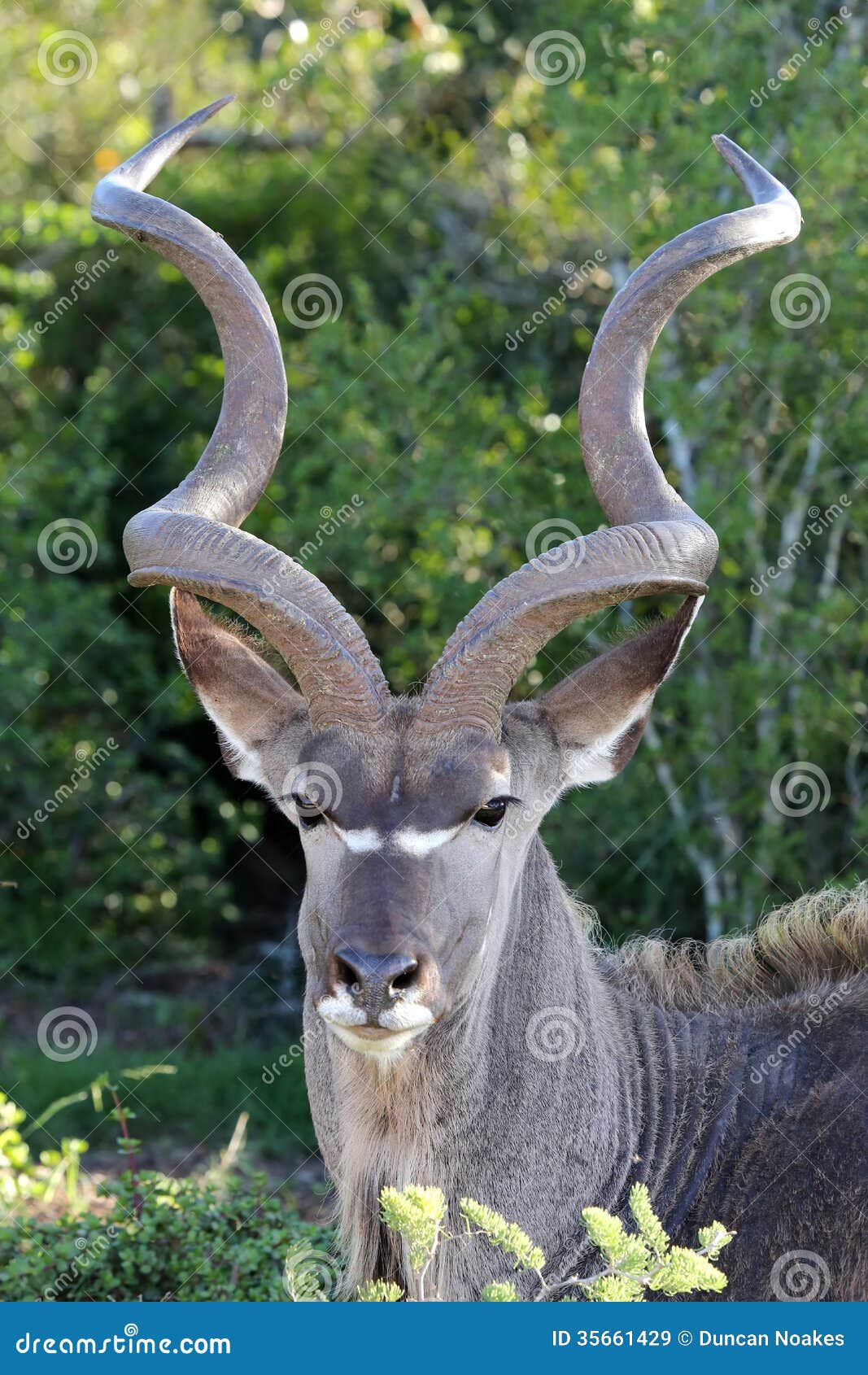

Similar to most antelope species, females are hornless and relatively smaller in size. Kudu bulls have highly recognizable long, spiral horns (as portrayed above). These rather shy browsers are found in well-bushed regions and hills, and can remain motionless for long periods of time when feeling threatened. It is by far one of the antelopes I admire the most, and is always a delight to watch in the wild. Reaching up to 1,6 m at shoulder height, it weighs as much as 315 kg for the biggest bulls (though 190-270 kg is more common). The kudu is the world’s third largest antelope species behind the eland and bongo. NB: Read until the very end for a special bonus! 😉 1. It’s more likely to encounter vast herds, with too many antelope to count! If you’re coming on safari it’s rare to encounter two springbok. The antelope of Africa aren’t just unique. It shows you some of the fabulous antelope that can be spotted on an African safari.

So if you don’t know a kudu from a gerenuk then this article is for you.

Most of Africa’s most elegant antelope species prefer safety in numbers, but where and how they graze is different. Klipspringer are rock climbers, using exceptional agility to escape their predators. Gerenuk have giraffe-like necks to feed from branches others can’t reach. Many people come on safari wanting to see antelope.īut once on safari they realise that it’s not antelope, it’s kudu, eland, gemsbok, waterbuck, nyala, impala, springbok… wow the list goes on.Įach has its own specialism and preferred habitat. Africa has more antelope than any other continent.


 0 kommentar(er)
0 kommentar(er)
